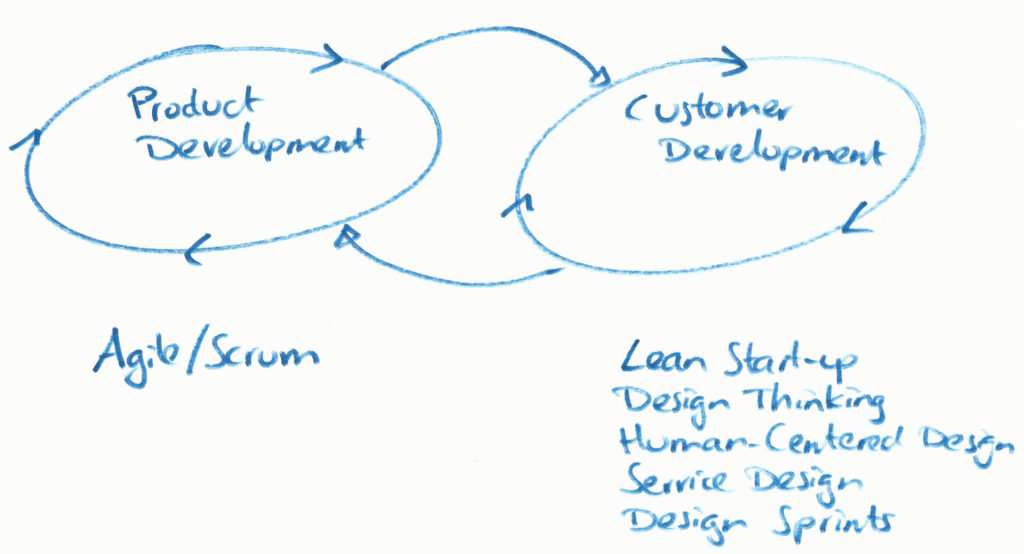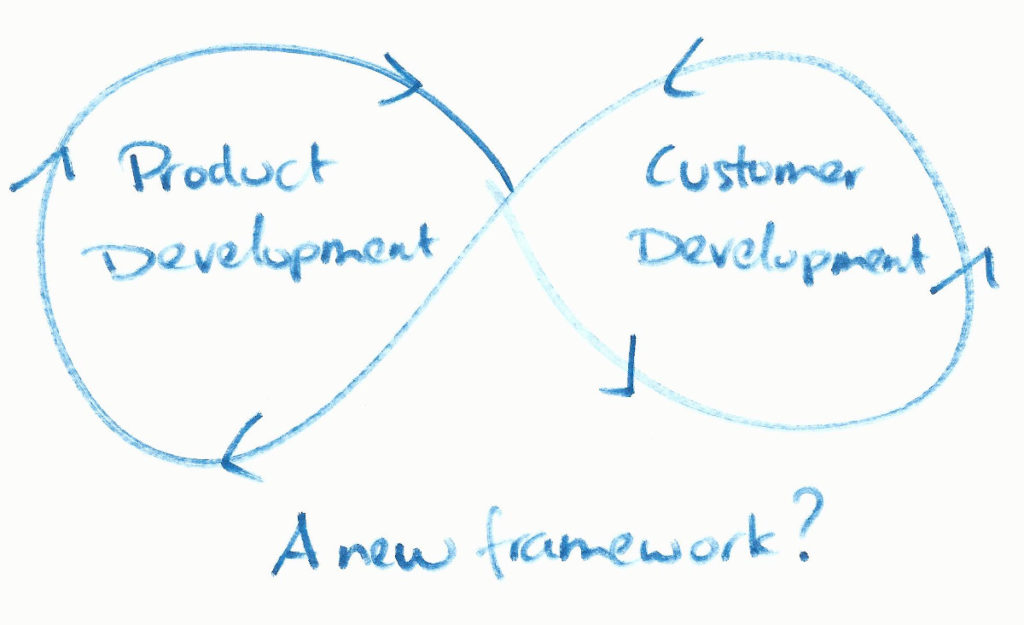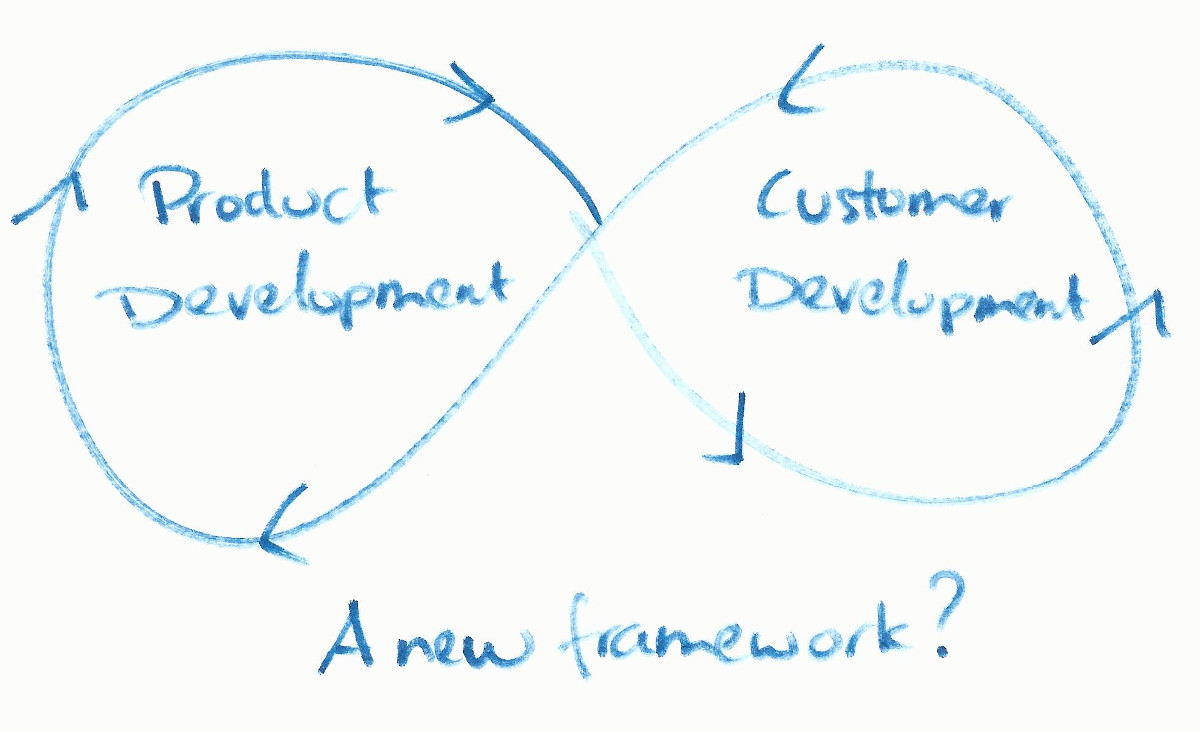What is the formula for successful digital innovation? How do we make sure that it delivers value, is (financially) sustainable, can scale up and has impact? And what exactly is ‘digital innovation’ anyway?
To start with the last: I see digital innovation as developing a radically innovative solution that has a digital component for a complex problem. Sometimes also referred to as ‘moonshot’ solutions to ‘wicked’ problems.
This definition absolutely has my personal preferences baked in: I like to work on radical solutions (10+ times better than anything that exists) over incremental solutions (let’s improve what we have a little bit) for hard global systemic problems rather than trivial nice-to-haves and believe that digital technology can be a huge booster, if understood and used right.
And what is digital technology then? Well, anything that you can do with computers. So, it is software. And uses data. Plus any buzzword that you can think of: Aritifical Intelligence, Machine Learning, Big Data, Internet of Things, Virtual Reality, Augmented Reality, Mixed Reality, Blockchain (excuse me: Digital Ledger Technology) and Cloud of course. Or none of these buzzwords. Or somewhere in between. As long as it is understood and used properly.
How do we get things right when both the problem and the solution are complex?
I do not have a defintive answer for you (yet).
A really simple useful model that I use a lot for getting a basic handle on things is the following:

It explains the two essential processes going on in a Silicon Valley-like start-up. And it was shown to me when I was in Silicon Valley many years ago. I wish I remembered where and by whom, so I could give proper attribution, but I do not and cannot find it anywhere online.
It says that any start-up has or should have an iterative process of product development and an iterative process of customer development. And that these two processes should feed information into each other.
Product development happens ‘in the building’ by the product development team, who most likely use an Agile/Scrum/DevOps like process to iteratively release new versions of the product. Customer development happens ‘out of the building’ by ‘everybody else’ in the start-up and is about learning: which problem do we solve, for whom do we solve it, what is the optimal solution for it, how can we sell it to them, how much can we ask for it and how do we (hence) create a repeatable and scalable business model around it.
The term Customer Developmen originates from Steve Blank, he has written some groundbreaking books about it. By now we know other methodologies which fit into this process as well: Lean Start-up, Running Lean, Design Sprint, Design Thinking, Human-Centered Design, Business Modeling and Service Design. All different, but all a bit the same, as they focus on learning about and understanding the ‘customer’ or ‘user’ side of things.
The biggest complication that most typical start-ups face that “messes up” this simple perspective: they need outside investment, so there is also an “Investor Development” process going on. And what I have learned from many founders is that while managing investors and investments is very important, it feels like a distraction from what they believe they should focus on (which is: their customers and delivering a product).
More complications arise when doing ‘social’ innovation, which could also involve persons affected, donors and many other stakeholder groups. I will not get into these now, perhaps something for another blogpost.
Anyway, let’s revisit above diagram and add all those wonderful valuable methodologies in that have proven themselves so many times over in practice:

Yes, I am a avid practitioner of these methods and a big proponent of them. I believe they contain so many best practices and such a profound understanding of the reality of creating complex solutions for complex problems, that it is just unthinkable to ignore them and go at it with your own ‘let’s give it our best shot’ approach. I found that most people who do not take these methods serious do not understand them well enough and have not suffered failures long enough to know better. And that is myself included! In the past when even knowing these methods rationally, I have ignored them and suffered the consequences.
That is why I like the phrase: It is easy to understand, but hard to master. To really practice these methods, means changing your thinking and your behavior. And as we all know, behavioral change takes practice and conscious effort. We need to address behaviors that we had for many years, some even decades!
And now for the challenge: how do we combine the left and the right into one integrated process?
I do not have the answer. I have been helping many organizations improving on the left and on the right, using Agile, Scrum, Design Thinking and Business Modeling with them. And I can explain the process in each one of the ovals, and get them to optimize on it. But I never got further than that these processes ‘feed into’ each other, that the learning from the right have to be taked on the Product Backlog on the left and that sometimes (by far not always!) an increment on the left can be used as a Minimum Viable Product in the right.
I believe there is something to be invented: a practical, pragmatic, simple, usable framework or method that gives us much needed ‘handles’ on doing (digital) product development combined with customer development. Something as specific as the Scrum Guide is, or as the process of Design Sprints is described.
Maybe that framework will look like this:

At 510, an initiative of The Netherlands Red Cross, we are working on figuring this out. We are building that bridge while walking on it. We are curious to find out where it goes.
– Diderik
